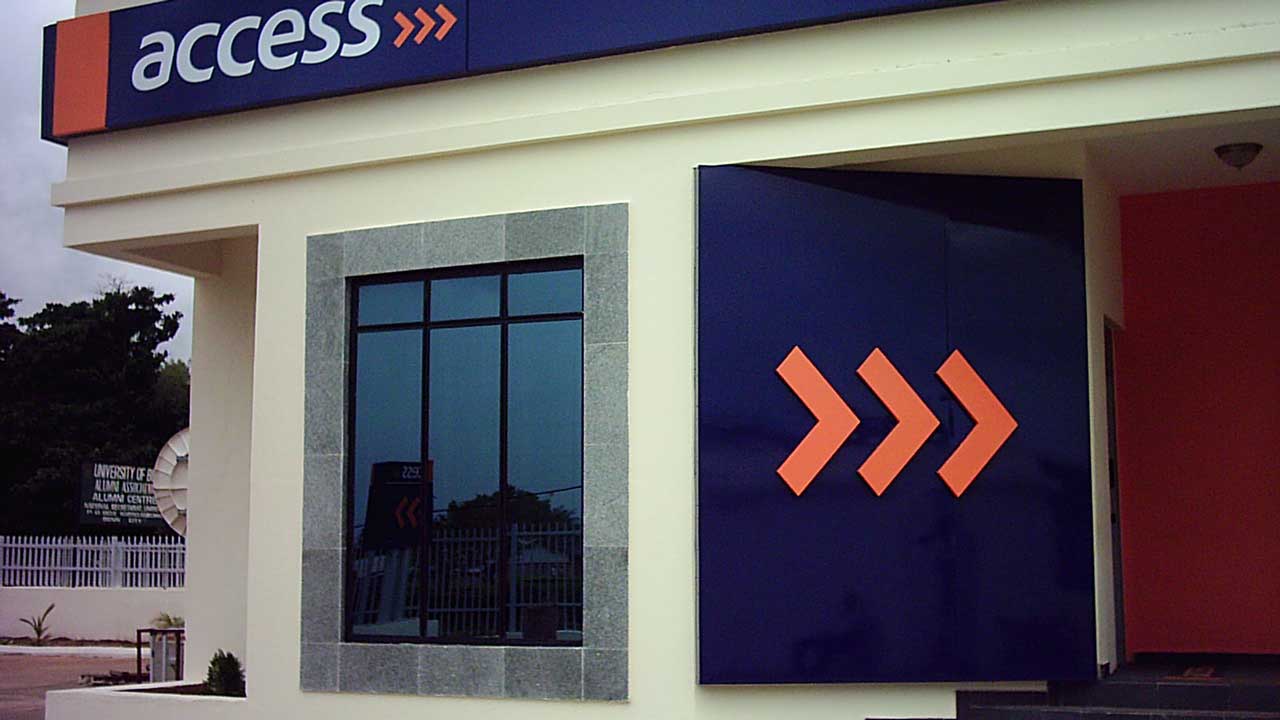If statistics generated from select food stuff markets in Lagos, Ibadan, Onitsha, Abuja and Port Harcourt are anything to go by, indications are now clear that plans by many Nigerians to enjoy themselves in Christmas and New Year may be bungled.
Apart from the recently released inflation data from the National Bureau of Statistics (NBS), which disclosed that prices of food stuff contributed immensely in pushing inflation indices to 11 year high to 18.2 per cent, prices of food stuff in highly populated cities are becoming out of reach.
Checks by Business Hilights in key Lagos food stuff markets Wednesday have painted a bleak picture that contrary to promises by the government and some experts that recession and the attendant inflation are going down soon, Nigerians are in for bigger challenges.
Food remains a key factor in life and the life of a nation.
A year ago, one bag of rice was about N8,500, today, it is N18,000 in parts of Lagos (because of closeness to border), N24,000 in Abuja, Onitsha and Ibadan.
By this time last year, a bag of Garri was sold for N3,500, today, it is N9,800 in Lagos and N6,700 in Delta/Edo axis, the source region. By November last year, a bag of Potato was sold for N6,000, today it goes for N26,000 at Mile 12 market.
A basket of Tomato by this time last year was about N2,500 at Ketu market, today, it is over N12,000 in the same market and N10,000 in Abuja, Onitsha and Port Harcourt.
In November 2015, a Cow was sold for N70,000 in Lagos and Onitsha, but today, price has climbed to the region of N130,000 to N150,000.
Palm oil which used to cost N5,000 per 30 litres keg in November 2015 is now N24,800 in parts of Lagos and Abuja, thus forcing sellers to sell half bottle for N600 or more.
By this time last year, wrapped balls of fufu, garri, Semovita and wheat at roadside cafeterias were sold for N50, today, its either the balls are disappearing or they are sold for N100.
Already, sachet water which had been on sale for N5 for years are now tilting towards N20 from N10 it jumped to mid 2015.
In some parts of Lagos, Abuja and Port Harcourt, a place of food at usual hotels which used to sale for N300 is now angling for N500.
Explaining why the inflationary trend is so hostile, managing director of Cowrey Assets management Group, Mr. Johnson Chukwu said “though the main cause of the galloping inflation cannot be far from the negative impacts of currency devaluation, devaluating naira at the time it came cannot be faulted because it was the simplest alternative at that time”.
“One of the best ways out of the crisis is to look for international fund injection either by way of borrowing or concessioning some infrastructure to international investors to drive Foreign Direct Investment (FDIs).
Chukwu said “Nigeria is in dire need of international fund injection so as to raise liquidity, soak away the pressure on ailing naira and boost local productivity”.
A lawyer and financial expert, Mr. Wale Ojo said “People out of fears are randomly raising the prices of their stuffs to avoid being caught off guard in return on their investment no matter how small they are making.
Business Hilights had reported Tuesday that key household consumables including electricity and food items have dragged Nigeria’s inflationary trend from rising from 17.9 per cent in September to 18.3 per cent in October.
This was the shocking revelation of the latest report on the Consumer Price Index which measures inflation rate released by the NBS.
The bureau said the index has risen from 17.9 per cent in September to 18.3 per cent in October.
The report which read in part, said “The CPI which measures inflation increased by 18.3 per cent (year-on-year) in October 2016, 0.48 percent points higher from the rate recorded in September.
“Increases were recorded across almost all major divisions which contribute to the headline index. Communication and restaurants and hotels recorded the slowest pace of growth in October, growing at 5.7 per cent and 9.4 per cent year-on-year respectively.
“The food index rose by 17.1 per cent (year-on-year) in October, up by 0.47 per cent points from 16.6 per cent recorded in September.
“During the month, the highest increases were seen in housing, water, electricity, gas and other fuels as well as fuels and lubricants for personal transport equipment and education.
NBS further revealed that the least growth pace recorded in October were experienced in Communication (5.7 per cent), restaurants and hotels (9.4 per cent) and recreation and culture (10.3 per cent).
The urban index rose by 19.9 per cent (year-on-year) in October from 19.5 per cent recorded in September, while the rural index increased by 16.95 per cent in October from 16.4 per cent in September.









